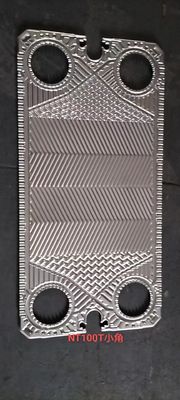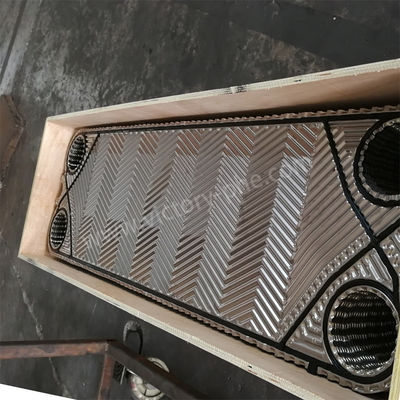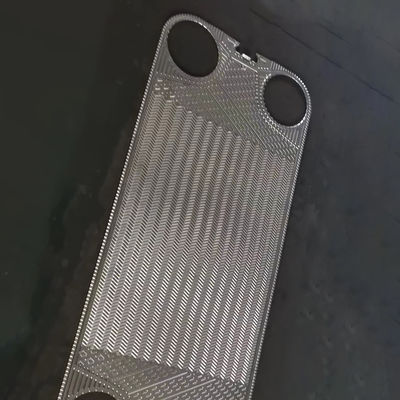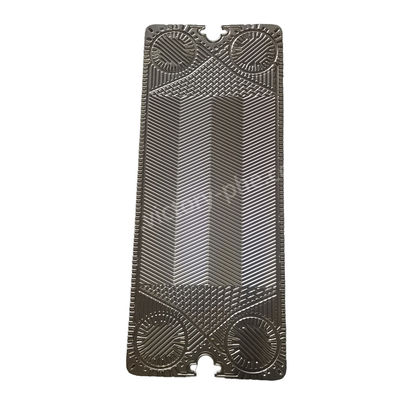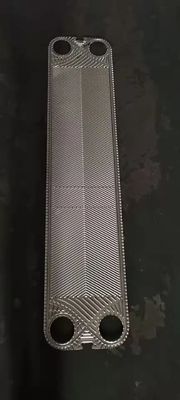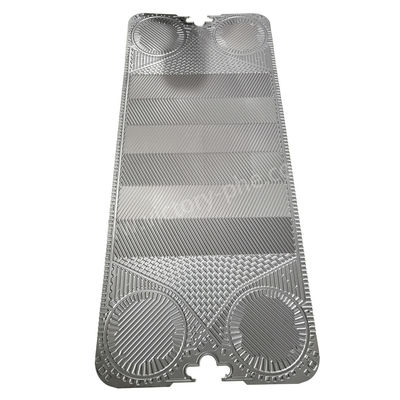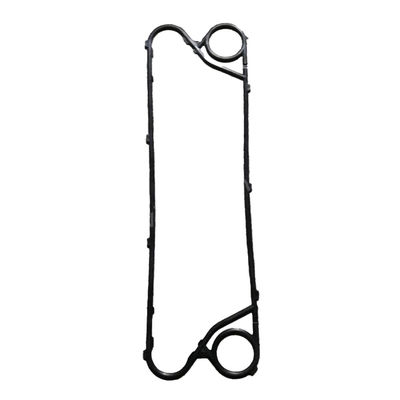Product Description
Heat Exchanger GASKET -20℃-150℃ with flexibility over a wide temperature range
Heat Exchanger Gasket:
Material Preparation: The EPR polymer is selected based on the desired properties and application requirements. It can be compounded with various additives such as curing agents, accelerators, fillers, and antioxidants.
Mixing: The EPR polymer and additives are mixed in appropriate mixing equipment to ensure uniform dispersion and consistency of the compound.
Forming: The compounded EPR material can be processed through extrusion or compression molding techniques:
Extrusion: Used for producing continuous lengths of EPR gasket profiles with specific cross-sectional shapes.
Molding: Used to create gaskets of various shapes and sizes by injecting the EPR compound into molds under heat and pressure.
Curing: The formed EPR gaskets are typically cured in an autoclave or heated press at elevated temperatures to cross-link the polymer chains. This step enhances the mechanical properties and ensures dimensional stability.
Finishing: Post-curing, the EPR gaskets may undergo finishing processes such as cutting, punching, or surface treatments (e.g., coatings or adhesive application) to meet dimensional tolerances and application requirements.
| Brand/Maker |
Model |
| GEA |
AN5,AN10L1,AN10L2,AN10M,AN15L1,AN15L2,AU25L1,AU25L3,AN20
|
Gasket Material:
| Material |
Operating Temperature Range |
Usage conditions |
| Nitrile Gaskets |
≤135℃ |
Resistant to mineral, animal, vegetable oil and other non-polar media |
| Hydrogenated Nitrile Gaskets |
-5℃-150℃ |
Resistant to sulfur-containing crude oil, H2S-containing mixed media, high-temperature edible oil and other non-polar media |
| EPDM Gaskets |
≤160℃ |
Resistant to hot water, water vapor, edible beverages, and high-temperature sterilization of milk |
| Solvent-based EPR Gaskets |
-20℃-150℃ |
Polar solvents and many other good solvents, such as lipid solvents. Dilute inorganic acids, alkalis, etc. |
| Universal Viton Gaskets |
≤180℃ |
Non-polar mineral oil, lubricating oil and other alcohol-containing fuels |
| Special Fluorine Rubber Gaskets |
30℃-130℃ |
Inorganic oxygen-containing acids such as high-concentration acids and bases |
Installation method
Plate heat exchanger sealing gaskets can be divided into 3 forms according to the installation method on the heat exchange plates:
1. Direct sticking type: After applying sealant on the sealing gasket, it is directly glued into the installation groove of the heat exchange plate.
2. Plastic nail inlaid type: The heat exchange plate is designed with assembly holes, and rubber nails are designed on the side of the sealing gasket. After the sealing gasket is placed in the installation slot, the rubber nails are embedded in the assembly holes.
3. Snap-on type: There are buckles on the side of the sealing gasket, and the buckles are used to buckle the sealing gasket onto the heat exchange plate.
The sealing gasket uses different types of rubber according to different media and operating temperatures.
| Main Body Gasket |
Operating Temperature (℃) |
Suitable Fluid |
| NBR |
-15 ~ +135 |
Water, Sea water, Mineral Salt, Brine |
| EPDM |
-25 ~ +180 |
Hot water, Vapour, Acid, Base |
| F26 |
-25 ~ +230 |
Acid, Base, Fluid |
| FTP |
0 ~ +160 |
Concentrated acid, Base, High temperature oil, Vapour |
| FKM |
-25~200 |
Steam acid,98% SO2,Cl water. |
The steps for replacing the gasket in a heating exchanger are as follows:
- Carefully remove the old gasket, ensuring that no scratches are made on the gasket groove during disassembly.
- Use butanone, or other ketone solvents to remove any residue from the gasket groove.
- Clean the gasket groove and gasket with a clean cloth or cotton swab, ensuring they are free from dirt and debris.
- Apply adhesive evenly to the gasket groove.
- Install the clean new gasket onto the plate, ensuring proper alignment.
- After installing the gasket on the plate, allow it to dry naturally in a flat, cool, and well-ventilated area before installation and use.


Q&A
Q1: Does the gaskets product come with a warranty?
A1: Gasket are consumable accessories, and the replacement cycle is generally determined according to the specific conditions of use by the customer. It is related to the use environment, medium, temperature, etc. Usually we recommend purchasing more for replacement and backup purposes.
Q2: Is there a discount available for wholesale or bulk purchases?
Answer: Yes, we offer discounts for wholesale and bulk purchases. If you are interested in purchasing a large quantity of items or engaging in wholesale business, please contact our wholesale department or customer service team for information regarding wholesale discounts and minimum purchase quantities.

 Your message must be between 20-3,000 characters!
Your message must be between 20-3,000 characters! Please check your E-mail!
Please check your E-mail!  Your message must be between 20-3,000 characters!
Your message must be between 20-3,000 characters! Please check your E-mail!
Please check your E-mail! 
